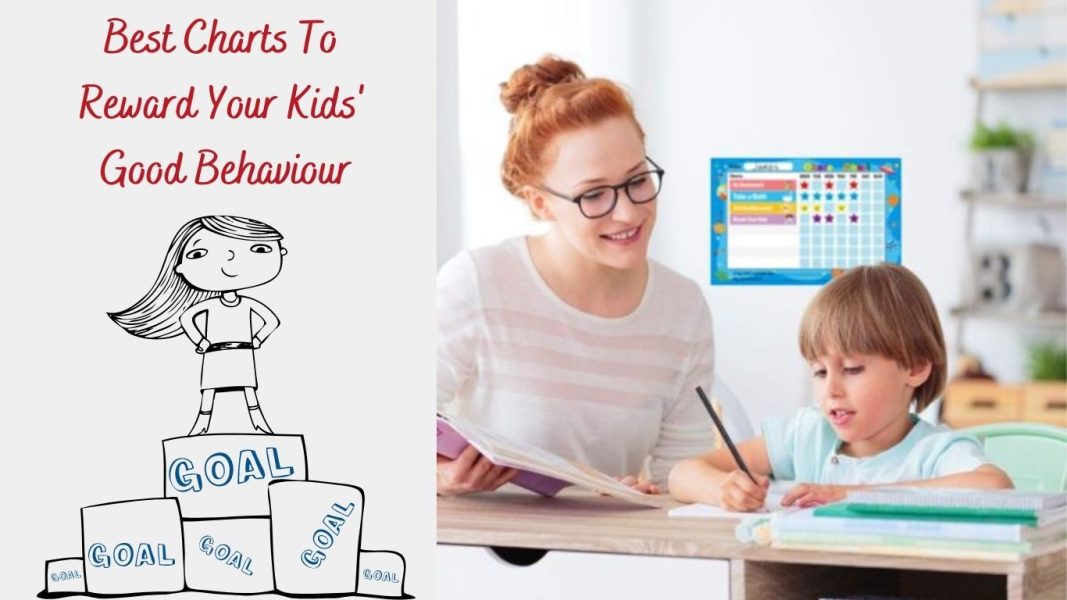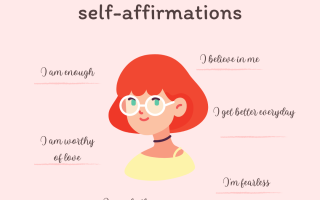A child’s behaviour is one of the main factors to be in a happy space. Building a kids behaviour is the duty of a responsible parent. Keeping track of kids’ behaviour and imparting good behaviour in children needs tracking and praising on a timely basis. Rewarding a child’s good behaviour helps the child retain and practice good behaviour.
In the current situation, even children are stressed out without meeting friends and schoolmates. These factors are making parents undergo huge child tantrums. This is causing great concern in parents, making them worry about overcoming this challenge. A trick to overcome this is making them happy and rewarding them because they made you happy. Expressing that a parent is happy because of a kid’s behaviour is by rewarding your kid.
The 3 Best Charts To Record The Kids Behavior
Each child is different, and each is special. Parents cannot expect the same behaviour of a child over a long period. You cannot rely on one specific method to maintain consistency in a kid’s behaviour. Instead, you can choose any activities to account for and reward the kid’s behaviour. One of the accounting activities for recording their best behaviour is to maintain in the form of charts. Some of them are Time out chart, Emoji Chart and Superhero chart.
Timeout Chart
A timeout involves putting your child in a boring location for a short period, such as in the corner of the room, balcony or a room without a toy (but make sure it’s not a terrifying location like a garage or dark basement). Parents can use timeout charts to help their toddlers learn good behaviour and avoid the non-pleasant behaviour of the child. Timeout chart might not help the child learn a new behaviour, but it will surely help practice good behaviour.
Timeout chart works for pre-schoolers to toddlers age group. Additionally, timeout also brings out the sensitivity in the child and emotionally awakened. As a pre-schooler, his curiosity levels will be more and cannot make him stay quiet in one of the corners of the house. This helps children be conscious and maintain discipline that leads to good behaviour.
Workflow of Timeout Chart
Every day child has certain activities to complete. In completing the activities, kids’ behaviour should also be correct and pleasant. The child’s pleasant and correct behaviour will have no timeout for that particular day. Keep this track for a week, reward him with a no timeout week, appreciate his behaviour, and praise him for it.
Each week the activities for your child can be varying as their level of curiosity in performing the same activity will get low. Make their activities interesting and involve them in your household activities with love. Be gentle to them and explain to them to improve their behaviour. Be an example to your child as children have good observing capabilities. Parent behaviour with a child is also essential for practising good behaviour. Discuss some of the rewards he is willing to win in the form of appreciation, and the child will be more excited in following the timeout chart.
📣 Loved what you read? Want to go deeper into conscious parenting? ✨ The Power of Manifestation in Parenting is now available — A soulful guide packed with real-life tools like affirmations, energy shifts, and sleep talk that I personally use with my son, Hitarth. 💛 Start your journey toward calmer, connected parenting today. 🎉 Launch Offer: Only ₹99 (limited-time price!) 📲 Instant download. No waiting. 👉 Grab your copy now!.
[wpsm_button color=”gold” size=”big” link=”https://amzn.to/3etC8BG” icon=”check-circle” class=”” target=”_blank” rel=”nofollow sponsored”]Buy This Amazing Reward Chart[/wpsm_button]
Emoji Chart
Emoji chart helps children to learn new activities and in getting disciplined. Disciplined children are always good at their behaviour. Emojis chart is an instant rewarding method that makes children more excited about the chart and happier with good behavioural practice.
Emojis in recent days have a more place in children life. They use these emoticons on their books, bags, pencil box, water bottles, etc.; This seems even more special and proud when got in the form of reward and appraisal for their good behaviour. They become more curious and compete to earn them more and have them piled up. Emoticons are of different symbols and give an advantage in gifting them to your child with an emotion. This helps in all age group children. While presenting it for their behaviour, explain how happy are you as a parent to see his consistency in practising good behaviour. Explain the meaning of an emoji you are giving your child, tell you truly mean it, and reward your kids’ behaviour.
Workflow of Emoji Chart
Track your kid’s behaviour and if it was good behaviour, make sure you reward him with an emoji sticker in his bedtime routine. Allow your child to stick the emoji sticker as they want to, making them even happier and positively changing their behaviour. A happy child will have a happy sleep and helps your child to stay positive and make their mind learn good things. Check here some of the Mental Health Activities To Do With Children to Strengthen Their Minds.
[wpsm_button color=”gold” size=”big” link=”https://amzn.to/3Jp9q3c” icon=”check-circle” class=”” target=”_blank” rel=”nofollow sponsored”]Get The Emoji Chart Here[/wpsm_button]
Superhero Chart
Superhero charts make children believe in practising good behaviour and making an effort to maintain consistency while picking up new behavioural practices. This method consciously makes your child maintain a naïve line while practising new activities as a part of the kids’ behaviour. Moreover, the superhero chart is a weekly rewarding system and remained your child with the superhero name he has earned for his behaviour the entire week.
By this rewarding method, the superhero your child loves the most will be presented based on the kids’ behaviour of the current week. This will continue for the next week, and if any unacceptable change is seen, you can take the superhero sticker and that superhero tag back from the child. This is suitable for school children as they tend to have many superheroes as their toys. Suppose the child is obsessed with one particular superhero and has maintained good behaviour. In that case, you can go a step ahead and gift him anything related to that specific superhero. This method of rewarding your child increases the anticipation of practising good behaviour.
Workflow of Superhero Chart
Give your child a superhero sticker or toy and ask him to maintain good behaviour. The given superhero sticker will be for the entire week. If the kid’s behaviour is not good, take it back and no more stickers until the following week. Say you can fix it to change on every Sunday. This makes your child learn the difference between good behaviour and bad behaviour. If the kid’s behaviour is good and you are fine with it, then go a step ahead and gift him anything that has superhero print. Read here about Gentle parenting: Are toddler tantrums ‘bad’ behaviour or a call for help?
[wpsm_button color=”gold” size=”big” link=”https://amzn.to/3epkoY0″ icon=”check-circle” class=”” target=”_blank” rel=”nofollow sponsored”]Get The Superhero Toys Here[/wpsm_button]
A Word From Momyhood
Kids, like adults, perform better when they have specific and clearly written goals. A behaviour chart is an excellent method to convey your children’s goals and motivate them by providing a fun, visual way to track their progress.
You can use a variety of behaviour charts and reward systems to urge your children to improve their behaviour or keep to a routine. They also give you and your family a quick and easy way to keep track of your child’s conduct. Just remember to create your charts with your children in mind. Allow them to participate in the process by being flexible.
Your comments and shares do more than just support our blog—they uplift the amazing moms who share their stories here. Please scroll down to the end of the page to leave your thoughts, and use the buttons just below this line to share. Your support makes a big difference!



